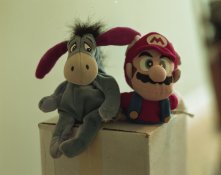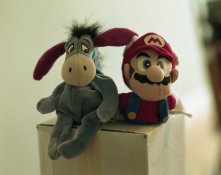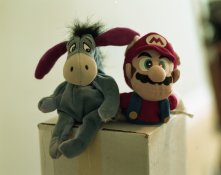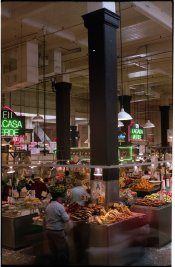bobmercier
Member
I've been processing color film at home with some success. I'd modified an aquarium heater and could consistently get 100deg but it was a pain in the ass and took alot of time. I've recently been working with the Rolli kit from freestyle, it has separate bleach/fix so it has an additional step over the Unicolor kit, adding to the time. Interestingly the directions indicate it can be used at less than 100deg so I decided to see how it'd do at room temperature. The first three images are Kodak Portra 160 (4x5) at 68f for 16min, 18min and 20min. I'd planned 22min as well but blew the development on that one. The last image is from a roll of Fujicolor Pro 400, 120 film, developed at 68f for 21min, 20sec agitation initially then 4 inversions every minute; bleach for 7min then fix for 8, same agitation routine. Also, rinse with water before and between each step, mostly to reduce contamination of the chemicals.
It looks promising. I've ordered a couple more Unicolor kits to see if it will work as well. I also want to try it with Ektacolor 100.
p.s. I see the attachments were re-ordered somewhat. img358 is 16min, img359 is 18min and img360 is 20min. Thanks.
It looks promising. I've ordered a couple more Unicolor kits to see if it will work as well. I also want to try it with Ektacolor 100.
p.s. I see the attachments were re-ordered somewhat. img358 is 16min, img359 is 18min and img360 is 20min. Thanks.















 to comment on it meaningfully
to comment on it meaningfully